Orchid is a decorative flower that appeared on the windowsills not so long ago. Among the various species, the most common phalaenopsis is an epiphytic plant that develops on trees. For growing it at home, various substrates are used: with wood bark, peat, polystyrene foam, perlite. Some gardeners have also found use in hydrogel beads, trying to grow an exotic flower in them.
Content
Types and properties of hydrogel, release form
The drug has a second name "aqua soil", which is used for growing flowers. It consists of polymer granules. The latter can hold water supplies for a long time, gradually giving them to plants. For orchids, this characteristic of the hydrogel is very important because it reacts sharply to deficiency and excess moisture.
Externally, the aqua soil resembles balls of gelatin bkb flakes of various shapes. They completely replace the soil mixture or mix only a small part. The consistency of the balls are springy. They can be transparent or painted in various colors.
Release Forms:
- Colorless - a soft substance that is added to the main substrate for an exotic flower.
- Color - granular preparation. Orchids are planted in a colored hydrogel to achieve greater decorative effect, as the nutritional abilities are much lower than that of a transparent species.
Hydrogel for Orchids
An orchid growing in a hydrogel is a real taming. In addition to decorative purposes, an aqua soil protects the plant from drought and waterlogging, providing the necessary level of aeration. But it is worth considering before use that the balls do not give moisture to the soil: the flower primarily absorbs the necessary substances from the substrate, and then from the hydrogel.
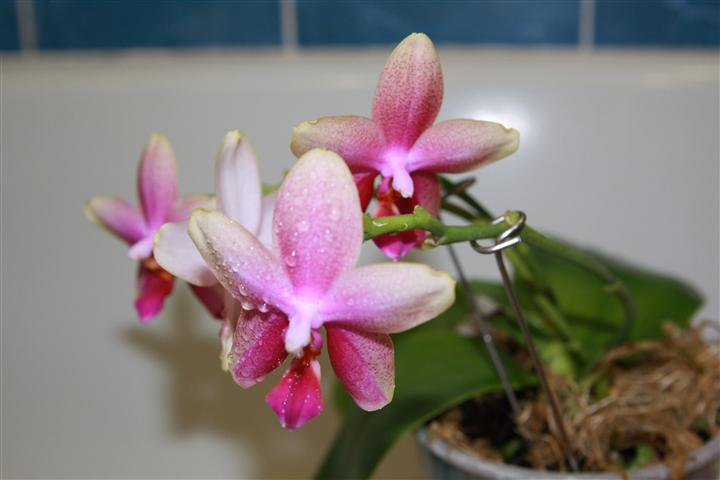 You may be interested in:
You may be interested in:The mechanism of action of the drug:
- It absorbs water, nutrients, and then gradually gives them through slow evaporation.
- The roots of an exotic plant penetrate into polymer compounds, evenly distributed between the balls, and absorb the necessary substances.
Advantages of aqua soil

Among the indisputable advantages are:
- portioned hydration of the flower, in which the plant does not suffer from irregularities;
- sterility of polymer compounds that do not need to be disinfected before use;
- high decorativeness.
disadvantages
Colored balls of a fairly dense consistency, and after a short time they begin to compress. The roots remain without oxygen, begin to grow moldy.To prevent this from happening, it is better to use a colorless hydrogel, which is simply added to the main substrate for orchids.
Growing Features
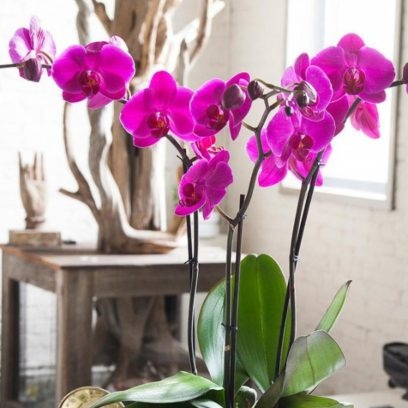
In epiphytes, the root system is involved in photosynthesis. For this, it must be in constant contact with oxygen, which may become impossible if the orchid is planted in a substrate of polymers. The latter are pressed after a few humidifications.
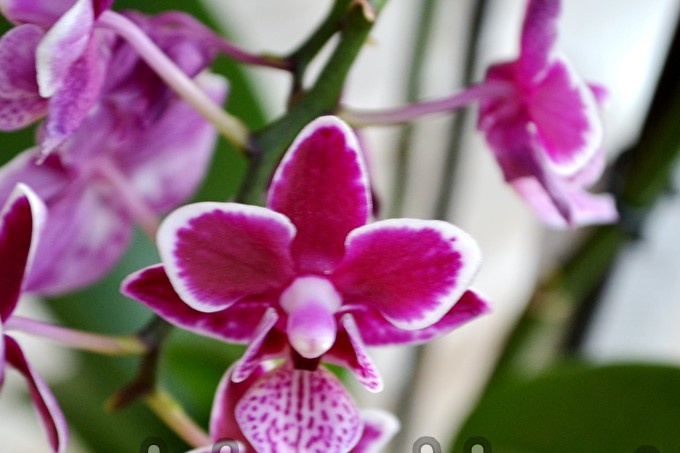 You may be interested in:
You may be interested in:How to use
Some gardeners use hydrogel only in rare cases, for resuscitation of a plant. When the plant loses turgor, its leaf plates are put in balls, watered. After 2 hours, the orchid is removed, cleaned of the remnants of the aqua soil and returned to its original place.
Landing in a mixture of substrate and clear hydrogel
If you use a transparent type of aqua soil, then the orchid can be grown in it constantly.
Stages of planting a flower in a nutrient substrate with the addition of polymer balls:
- Pour granules into a separate container and pour water to swell at the rate of 1 liter of water per 1 g of the drug. If excess fluid remains after 3 hours, then drain.
- In a pot, place balls and a substrate of wood bark in turn.
- After filling ¼ of the container, install an orchid and continue the “layer-by-layer” filling.
Landing in color hydrogel
In colored balls, a flower is planted only with a decorative purpose. A flower is placed in a transparent container, the roots of which are coated with colored polymer compounds. But in such a substrate the orchid will not live long.
Application of aquagrunt when caring for orchids
Hydrogel is added to the soil of cultivated orchids to reduce the frequency of watering. Balls reduce water procedures by 5 times. It is enough to pre-soak the granules and place them in the recesses in a regular substrate.
Hydrogel for rooting processes
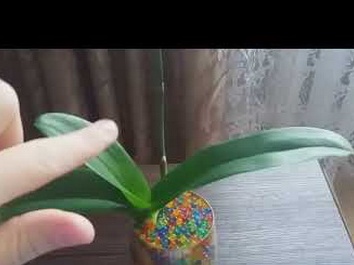
The orchid is propagated by children in aqua soil in the same way as in the substrate. Pre-dip the roots in a growth stimulator and place the shoot in a thin layer of balls, which are then added.
Life span
The life cycle of plants grown in a substrate, but planted in a colored hydrogel, is short. Within a month, the flower will die due to lack of oxygen. In order to save the plant donated in such a polymer, it should be transplanted.
Features of feeding orchids
Hydrogel provides a long-term supply of nutrients, as their water quickly washes away. You can use any preparations suitable for orchids: organics, agrochemicals.
How to provide orchid care at home
The exotic plant feels great on the windowsills of the eastern and western windows. She also tolerates housing temperatures quite easily. The main thing is to ensure that the air is not too dry. When grown in hydrogel, it is enough to water the plant every 10 days, not more often.
Dates and methods of fertilizer application
Feeding should only be during active growth and flowering. The interval between top dressing is 2-3 weeks. Since a glut of fertilizers can lead to a lack of flowers. In addition, it is better to choose phosphorus and potassium, since nitrogen stimulates the growth of green mass to the detriment of budding. The best way to feed is at the same time as the bottom watering.
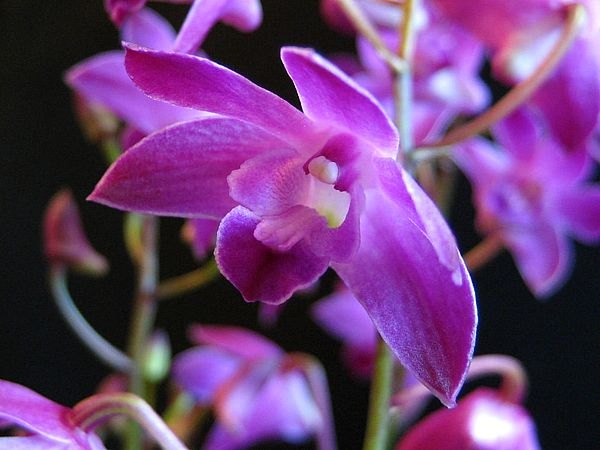 You may be interested in:
You may be interested in:Transfer
Transplant the orchid every spring, changing the substrate to fresh. If necessary, rotten roots are removed.If the flower was presented in a colored hydrogel, then it should immediately be replaced by a soil mixture, otherwise the plant will die.
How to prune an orchid after flowering
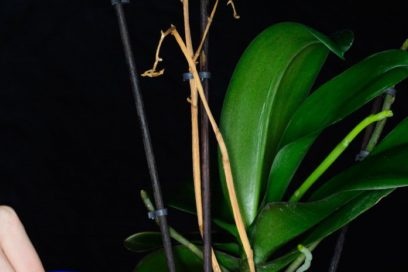
Only faded parts should be removed. After the final completion of the phase, the flower stalks can be cut in two ways: above the flower bud by 1.5 cm, to hemp 2.5 cm. Pruning is carried out with a disinfected tool, the places of the cuts are treated with wood ash. If the stems are hollow, it is better to cover them with beeswax.
Reviews
Valentina, Stavropol:
“I often travel, but I couldn’t refuse such beauty as an orchid. Florists advised trying to add hydrogel to a regular substrate. Now there is no fear for the flowers: I know for sure that they will not die due to lack of moisture. ”
Seraphim, Morozovsk:
“I have been using transparent aquagrunt for quite some time now, because I was forced to place pots high because of the cat - watering became uncomfortable. Thanks to the polymer, the problem turned out to be very simple to solve, I reduced watering to 3 times a month. ”
Orchid grows well in hydrogel, if used correctly. Adding a transparent polymer to a regular substrate, you can reduce the frequency of watering and get a beautiful, healthy plant.

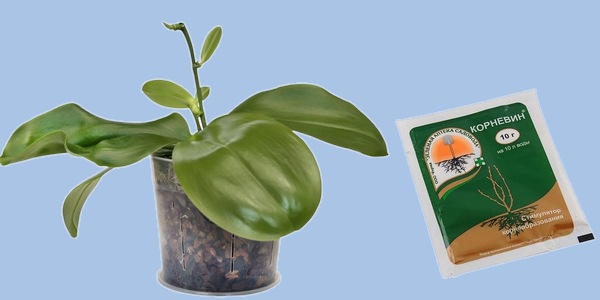
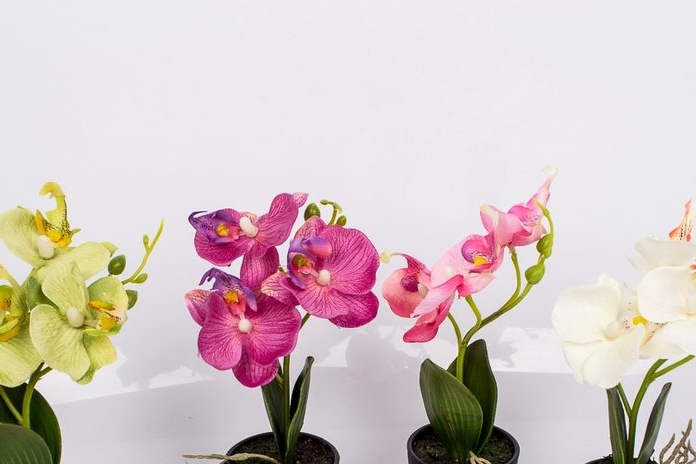
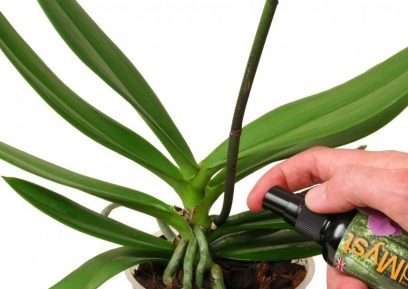
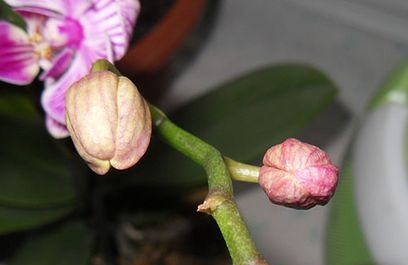 Reasons why orchids fall flowers and what to do
Reasons why orchids fall flowers and what to do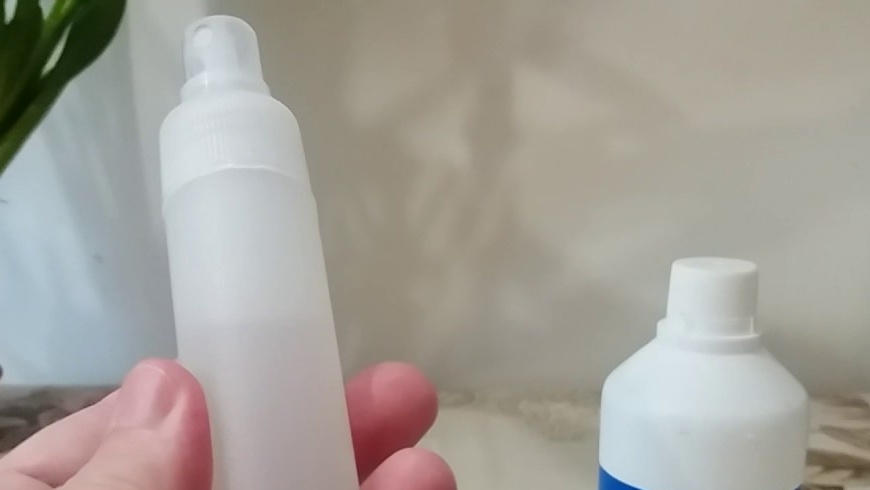 How to use hydrogen peroxide for orchids and why
How to use hydrogen peroxide for orchids and why Midges are wound up in the orchid: effective ways to get rid
Midges are wound up in the orchid: effective ways to get rid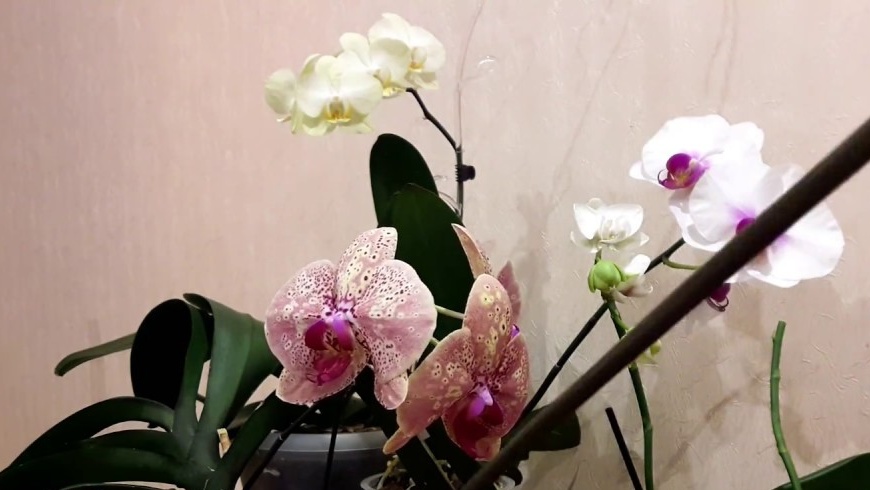 Is it possible to transplant an orchid during flowering
Is it possible to transplant an orchid during flowering